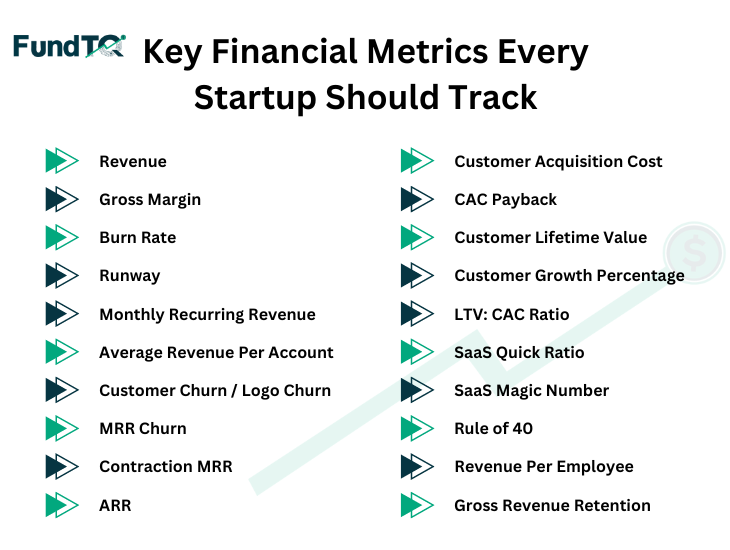Complete Guide to the Due Diligence Process in M&A
In this fast-moving world of M&A, due diligence stands the process at the foundation of deal making. Depending on the business size, early on in exploring a strategic alliance or what a small-to-medium business needs and wants, obviously, one must understand the “due diligence process.” Or else acquirers will have to risk overpaying while unable to interpret a red flag or be able to integrate post-merger.
Evaluating the financial health, legal liabilities, and operational efficiency exist to place value in due diligence processes, allowing an investor or firm to make investment or business decisions. It walks you through the entire process, step-by-step—so whether you’re a founder, a CFO, or an investment banker, you’re equipped with the clarity to act decisively.
What Is the M&A Due Diligence Process?
M&A due diligence is a structured investigation conducted before completing a merger or acquisition deal. It enables the intervener to know the assets, liabilities, agreements, compliance of the target company, its intellectual property and fitness. Just imagine a full blown audit to confirm the business that you are about to acquire or the one which you are about to merge with.
The purpose? Reduce risk, verify the quality of the transaction and lose any hidden surprises after a transaction. Due diligence forms a cornerstone of investment banking services, especially in mid-market and large transactions.
5 Key Types of M&A Due Diligence
M&A due diligence isn’t a one-size-fits-all checklist—it involves multiple layers of investigation, each focused on a critical aspect of the target company. Acquirers usually perform a number of due diligences to know that a deal is financially viable, legally sound, and strategically strategic. These include their financial wellbeing and tax status, operating efficiency and technology base.
The five most crucial forms of due diligence that have been able to spur informed decision making in any merger and acquisition deal have been summarized below.
1. Tax Due Diligence
It is a procedure that helps to recognize past, existing, and possible tax exposure. It makes sure that the target firm has paid and filed its taxes in the correct way and it also makes known the threats such as the existence of an audit in the near future or overzealous tax positions. Taxes are a major stakeholding task and this is an aspect that is non negotiable.
2. Legal Due Diligence
An overview of contracts, intellectual property rights, prior litigation, employment law compliance and legal structure. Legal problems particularly potential lawsuits can slash the value of a target company or even have a deal spoilt.
3. Financial Due diligence
Often performed by accountants or investment banking professionals, this step involves a deep dive into revenue, margins, debt, cash flows, projections, and accounting practices. Financial due diligence directly impacts business valuation software models used by acquirers.
4. Operational Due diligence
Look at internal processes, its supply chain effectiveness, human resource policies as well as the delivery system. Especially crucial when acquiring SMEs or medical equipment startups, where process efficiency affects long-term scalability.
5. IT Due diligence
Targets the tech adoration, cybersecurity protocols, program permits, and web-based foundation of the target. In case of tech-enabled businesses, i.e., FinTech or HealthTech, this is crucial to allow the integration and the scalability in the future.
Why Is the M&A Due Diligence Process So Important?
M&A Due Diligence transactions are not only numerical in nature but they are all about people, systems and strategy. Due diligence presents of a full-spectrum dimension that:
- Handles truthful statements of the target company.
- Reveals concealed debts (e.g. legal cases, unreported debts).
- Assures synergy potential, strategic fit.
- Helps determine the accurate average ticket size for the deal.
- Prevents fundraising mistakes like overvaluation or poor post-merger fit.
Investors trust deals that are backed by structured due diligence—making it an indispensable phase in M&A and first startup funding scenarios.
How Long Does the M&A Due Diligence Take?
The schedule varies with the size of the deal, the complexity of the industry and availability of documents. Typically, it ranges from 30 to 90 days, but early-stage fundraising for startups may have shorter cycles of 2–4 weeks.
Fast-moving sectors like startup valuation without revenue may demand speed, but never at the cost of skipping due diligence. A rushed process leads to poor integration and even reasons startups fail post-deal.
Common M&A Due Diligence Challenges
- Incomplete or inaccurate data
- Ambiguous intellectual property rights of ownership
- Mismatch of culture among teams
- Regulatory compliance deficiencies
- Hidden debt or tax liabilities
These are the traps that tend to happen within unstructured startups or bootstrapped companies where founders have not institutionally structured governance. Avoiding these mistakes requires early implementation of corporate hygiene, especially in Bootstrapping vs Fundraising journeys.
Who Conducts M&A Due Diligence?
The due diligence team usually includes:
- Investment banks – for financial structuring and valuations
- Legal advisors – for legal and IP checks
- Tax consultants – for tax exposure and optimisation
- Operational experts – to assess processes and scalability
- Technology consultants – for IT and digital infrastructure
Such functions are usually fulfilled with the guidance of M&A advising companies such as FundTQ, who introduce expertise in the field and project management into the equation.
7 Key Steps in the M&A Due Diligence Process
To make it thorough and clear follow this rank:
1. Review Technology & Intellectual Property
License the software of audits, patents, name trademarks, and algorithms. Especially critical in medical startup funding and SaaS acquisitions.
2. Understand the Customer Base
Research contracts, churn rate, and very customer dependencies, and customer satisfaction scales. Concentration of revenues in one or two clients is a warning sign.
3. Evaluate Cultural & Strategic Fit
Value congruence, leadership approach and a long term vision should be provided to prevent the failure related to integration which occurs after the deal is completed-it is a common reason leading to the failure of M&A.
4. Examine Legal Issues & Litigations
Without lawsuits, regulatory notices or contractual disputes pending, a big surprise may be costly. Legal due diligence makes compliance and risk prevention.
5. Assess Regulatory & Compliance Status
They are environmental, financial, industry specific regulations (i.e. RBI, SEBI). For fundraising for startups in India, this step ensures your house is in order before the deal.
6. Review Corporate Governance
Look at board composition, shareholder accords, employee stock plans and disclosure of conflict of interest claims.
7. Analyze Financial Health & Projections
Make sure that the revenue, margin and growth forecast of the target meet your thesis about the investment. Tools like business valuation software and post-money valuation calculators are vital here.
Discipline & Transparency- The Key to M&A Success
Many fundraising for startups fail to close acquisition deals because they don’t treat due diligence with the seriousness it deserves. M&A is not a handshake- it is a strategic partnership. Investors can not trust it without transparency and organized data rooms.
Firms that develop internal due diligence checklists early by monitoring their contracts, employee records, ownership of IP, and KPIs on finance are a sign of being disciplined and hence more attractive as an acquisition candidate.
How FundTQ Supports M&A Due Diligence?
FundTQ is one of the top M&A and capital advisory platforms that allow its clients, startups, SMEs, and investors, to simplify their due diligence. Here’s how:
- Data Room Set up: Get suitable data room sorted out by structuring the relevant company documents that an investor will look into.
- Due Diligence Checklist: Domain-based templates specific to industries such as HealthTech, FinTech, and B2B SaaS.
- Financial Modeling: Integrated business valuation software to estimate accurate valuations.
- Legal Vetting / Tax Vetting: Consulting professionals join in to assist in bringing legal, compliance and tax risks to light and neutralize them.
- Post-Deal Integration: FundTQ facilitates cultural and operational alignment after either a merger or acquisition which minimizes the chances of failure.
At FundTQ, the M&A journey is enabled by powerful insights, investor-quality preparedness, and industry-sensible solutions.
Conclusion:
In the current hyper-competitive environment due diligence is not an option anymore, it is a strategy. Whether you’re a founder preparing for your first startup funding or an investor scanning for your next big opportunity, mastering the M&A due diligence process is critical.
Due diligence covers your investment, gives power to potential negotiation, and makes the ground of long-term success blameless. With the support of such expert-supported services as FundTQ, you can easily make an educated, seamless transaction out of a complicated one.
Ready to start your M&A journey?
Get in touch with FundTQ today to receive the professional assistance of M&A consulting and due diligence services. Whether it’s business valuation, fundraising for startups, or SME growth strategies, we’ll help you navigate your next big move with precision and confidence.




